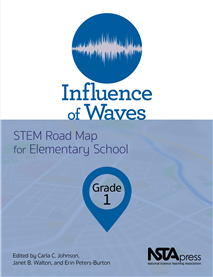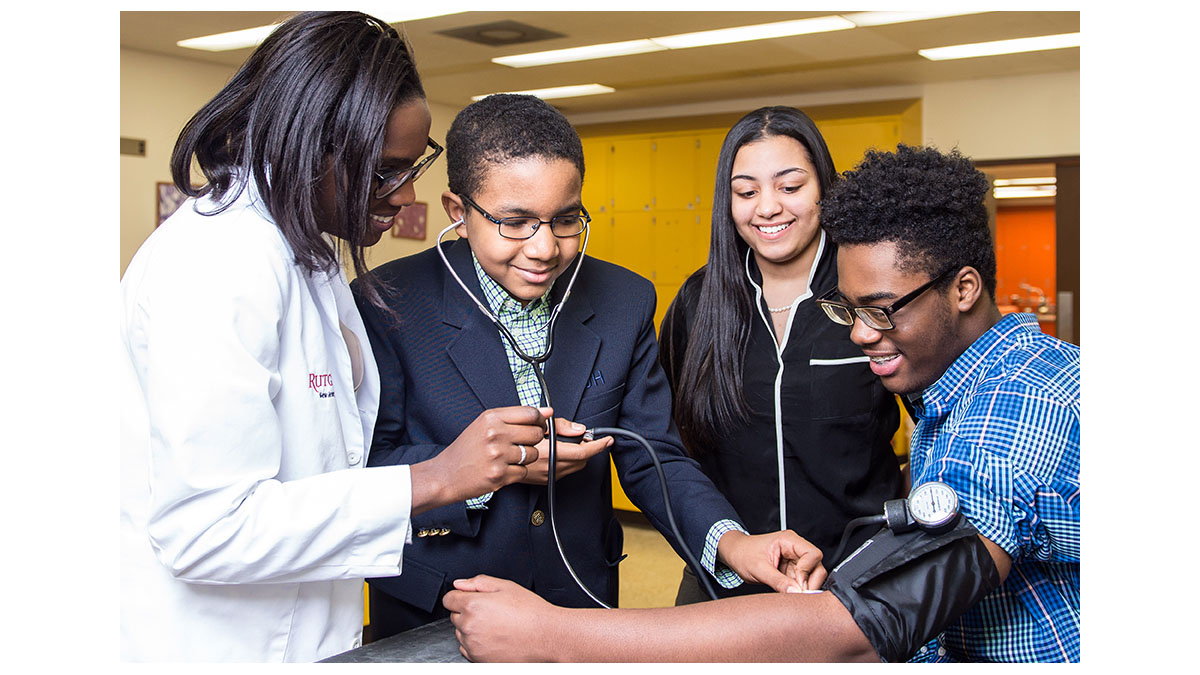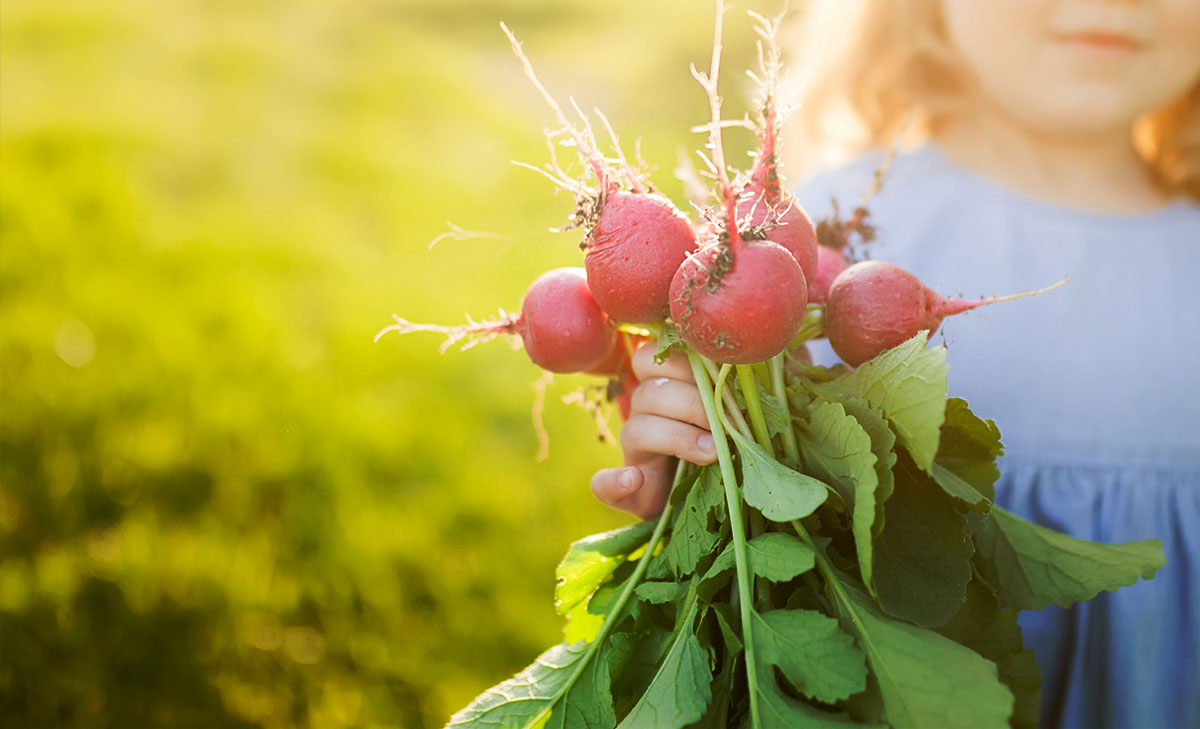Elementary | Daily Do
Why Do We All Have to Stay Home?
Elementary Version

Teaching Teachers
Fun With Forces and Motion
Using simple materials to set up a game where elementary students can learn about force and motion by observing their interactions with different objects
NSTA Press
New STEM Road Map for Elementary School Books
By Carole Hayward
Posted on 2020-03-27
Two new editions to the STEM Road Map Curriculum Series (NSTA Press) make science and technology more applicable to students’ lives. The books provide lessons that will allow students to roll up their sleeves and conduct stimulating experiments while learning to solve real world challenges.
 The newly released Physics in Motion: STEM Road Map for Elementary School, Grade K, addresses five themes: Cause and Effect; Innovation and Progress; The Represented World; Sustainable Systems; and Optimizing the Human Experience.
The newly released Physics in Motion: STEM Road Map for Elementary School, Grade K, addresses five themes: Cause and Effect; Innovation and Progress; The Represented World; Sustainable Systems; and Optimizing the Human Experience.
With the “Physics in Motion Module,” students will explore cause and effect through roller coaster design. In the module, students collaborate to investigate energy, gravity, friction, and speed.
The module guides students in learning to demonstrate awareness of important concepts. They will use technology to gather research, while also developing theories and testing them. Students will learn about careers associated with roller coaster design and construction, and they will design, construct, test, and evaluate the success of their own marble track roller coasters.
The module outlines prerequisite key knowledge, how the knowledge can be applied, and how to differentiate lessons for students needing additional support, as well as identifying commonly held misconceptions specific to the lesson content that educators should address.
 For Grade 1, the new book Influence of Waves continues the series by challenging students to create instruments they can play in their own “Show Me the Waves” musical production.
For Grade 1, the new book Influence of Waves continues the series by challenging students to create instruments they can play in their own “Show Me the Waves” musical production.
Students will discover that there are different types of waves (water and sound), that come from different sources and travel in various waves. They will explore the ways that eyes, ears, and skin respond to sound and light.
Students will also have rich opportunities to conduct experiments and collect data about how people experience and interact with sound and light differently, and they will work as musical engineers, musicians, stage hands, and set and lighting designers for their classroom production.
Physics in Motion and Influence of Waves add to STEM Road Map curriculum series, which includes 16 books that address topics that include wind energy, car crashes, bridge design, solar energy, amusement park design.
Edited by Carla C. Johnson, Janet B. Walton, and Erin Peters-Burton, each book in the series can be used as a whole unit or in part, and the lessons are anchored in the Next Generation Science Standards, the Common Core State Standards, and the Framework for 21st Century Learning.
Learn more about the STEM Road Map series and find the right book for your class.
Read the free chapter from Physics in Motion.
Read the free chapter from Influence of Waves.
Two new editions to the STEM Road Map Curriculum Series (NSTA Press) make science and technology more applicable to students’ lives. The books provide lessons that will allow students to roll up their sleeves and conduct stimulating experiments while learning to solve real world challenges.
Reflecting on this week's Daily Do
By Korei Martin
Posted on 2020-03-27

We know we can’t recreate the science classroom in our students’ homes, but we can continue to give our students experience with relevant, intriguing phenomena to create the need to engage in science learning to answer their questions about what they’ve observed. If we want our students to do science outside of the classroom, we’ve got to give them something to figure out! Each Daily Do presents a phenomenon students will be motivated to explain. These natural phenomena, observable events that occur in the universe and that we can use our science knowledge to explain or predict, shift the focus of the learning from knowing about a topic to figuring out how or why something happens. This phenomena-based learning results in deep, transferable understanding that can be applied to families’ everyday lives. Imagine being able to notice something interesting or curious and having a way to share ideas with each other and figure it out as a family.
Because science is a social process, we need to get creative during this time of distance and home learning. Students can share and build on each other’s ideas in real time through meeting platforms (Zoom, Google Hangouts, etc.) or over the phone, and asynchronously through email, shared documents (Google Classroom, Schoology, etc.) or web-based apps like Go Formative. Students can also grab a family member and use the discussion prompts in each Daily Do to have conversations that support students’ (and families’) sensemaking of science ideas needed to explain the phenomenon.
Below you’ll find descriptions of every Daily Do published this week. As you visit each Daily Do or reflect on one you engaged with during the week, think about how the phenomenon and discussion supports create opportunities for students to engage in meaningful science learning even at a distance from school.
Tuesday, March 24 – Why Do We All Have To Stay Home?

The COVID-19 global pandemic has led to major changes in our everyday lives. The biggest changes for students are likely staying home from school and no longer being able to spend time with extended family and friends.
Elementary Task. Why do we all have to stay home? engages students and their families in the practice of Developing and Using Models and discussion to figure out how social distancing (and shelter in place) slows the spread of the coronavirus. This task is part of a coronavirus lesson for elementary students which can be found here.
Secondary Task. This activity for secondary students (also relying heavily on the Washington Post virus simulator) is written for students to use independently, with prompts to engage in individual and shared thinking about the effect of social distancing on slowing the spread of the coronavirus. Families (including students’ parents and guardians) or pairs/groups of students in touch virtually (by internet or phone) could also complete the activity together
Wednesday, March 25 – What’s In An Egg?

Today’s task explores something many students and families are familiar with – eggs! This task, What’s in an Egg?, engages students in the practices of Asking Questions and Planning and Carrying Out Investigations to figure out why some eggs produce chickens (or other living things) and some do not. This task has been modified from its original design in order to be used by students, parents, and teachers in distance and home learning. While students could complete this task independently, we encourage students working virtually with peers or in the home with family members. The complete collection of supporting resources for this task can be found on the NSTA website.
Thursday, March 26 – What’s The Weather Like Today?

“What’s the weather like today?” Most of us think about the weather every day. It informs the choices we make like what to wear and how we’re going to get to school, work or the store (walk, bike, take the bus). We might not notice it, but we think about climate a lot, too. We may make a plan to visit someplace new at a particular time of year to help ensure we’ll experience the weather we want or wait excitedly for warm months to swim and play outside.
In today’s task, How do we find patterns in weather?, students and their families read the NSTA eBook Thinking Like a Scientist: Investigating Weather and Climate which engages them in science and engineering practices and the use of patterns as a thinking tool (crosscutting concept) to figure out science ideas about weather and how patterns of weather determine the climate of an area.
Friday, March 27 – Why Is My Shadow Always Changing?

Shadows are very popular in children’s literature. Characters try to reconnect with a shadow like Peter Pan; or, the Boy Who Wouldn’t GrowUp, try to lose a shadow which is difficult when Nothing Sticks Like a Shadow, and watch Shadows that break loose, unwind, stretch, stir and branch out upon waking. Young people – and likely many adults – are intrigued by shadows.
In this task, Why is my shadow always changing?, NSTA Press author Page Keeley shares strategies for using formative assessment probes to engage students in productive talk and science and engineering practices to figure out why shadows change size. These strategies can be used in the classroom and at home to make students’ thinking visible which can both drive students to investigate their own ideas and question and guide educators in planning instruction.

Science 101
Q: What are some astronomical concepts that we can teach using a globe or model of the Earth?
Designing a Model Shoreline
Fourth-grade students create a habitat for terrapins while reducing erosion.
Science and Children—March 2020 (Volume 57, Issue 7)
By Pamela Lottero-Perdue, Sarah Haines, Alison Baranowski, and Patricia Kenny

NSTA Reports
Medical Schools Offer STEM Pipeline Programs
By Debra Shapiro

Model, Assess, Repeat!
A rubric for assessing student understanding of models in grades 3–5
Deconstructing Solids
Exploring the nature of technology and engineering in second grade







